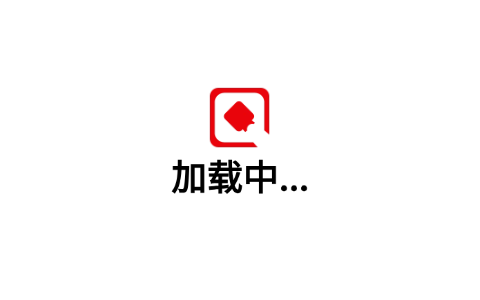I. Sampling and testing: the first level of good quality

1. Initial production inspection:
Usually carried out when the batch is completed 5% - 10%. This stage is mainly to check the quality of raw materials and components, as well as whether the production process meets the requirements. Through the control of the early stage of production, potential problems can be detected in time to avoid quality deviation after mass production, thus effectively reducing production costs and time costs.
2. Mid-production inspection:
Sampling is performed when the product has completed 30% - 50%. At this time, not only to focus on the quality of the product, but also to optimize the production process to assess. For example, to see whether the connection of the various production links is smooth, whether the production schedule is in line with the plan, and so on. This helps to ensure that orders are shipped on time and improve customer satisfaction.
3. Final production inspection:
This is the most effective way of confirming the quality level of the entire batch, which generally requires 100% of goods to have been manufactured and at least 80% of goods to have been packaged. Third Partyinspection companyAccording to the AQL sampling standard, we randomly sample the products, which covers the appearance, function, process, size, safety and other aspects of the products, and generate a detailed inspection report. This report will become an important basis for judging whether the whole batch of goods is qualified.
II. Container loading supervision: ensuring safe shipment of goods

1. Preliminary preparations:
Before supervising the loading, the third-party cargo inspectors will check the quantity, model, specifications and other information of the goods to ensure that they are consistent with the order and packing list. At the same time, the condition of the container is checked, including whether the box is intact and clean, and whether there is any breakage or leakage to ensure that the container is suitable for cargo transportation.
2. Supervision of the installation process:
When the goods are packed, the cargo inspectors will supervise the way the goods are loaded to ensure that the goods are neatly and steadily arranged to avoid damage caused by shaking and collision during transportation. For some special goods, such as fragile goods, they will be packed and loaded in strict accordance with relevant regulations.
3. Report generation:
During the process of supervised loading, the cargo inspectors will record the loading in detail, including the order of loading of the goods, the actual quantity loaded, the sealing number of the container and other information, and take relevant photos as evidence. These records and photos will serve as important documents for the shipment of the goods, providing a basis for tracing any subsequent problems that may arise. After the completion of loading supervision, the cargo inspector will organize the photos taken into a loading supervision report for customers' reference.


